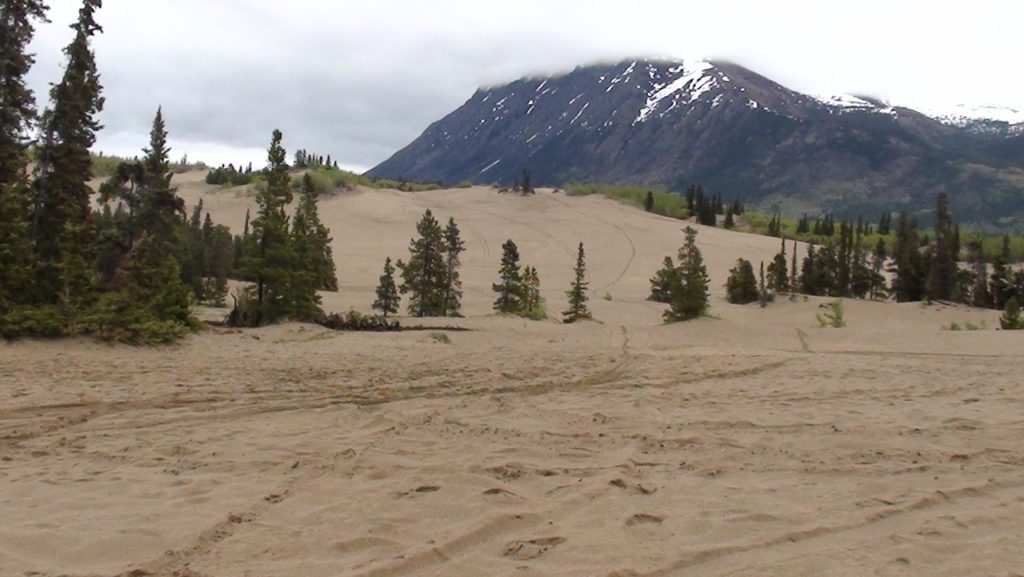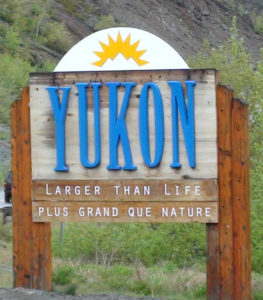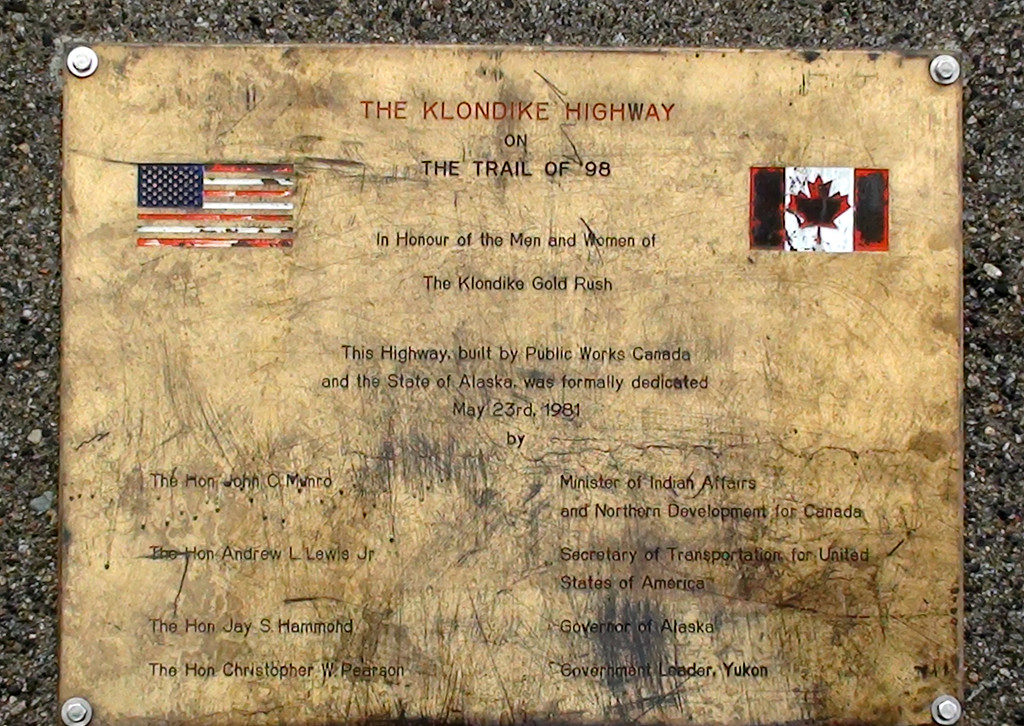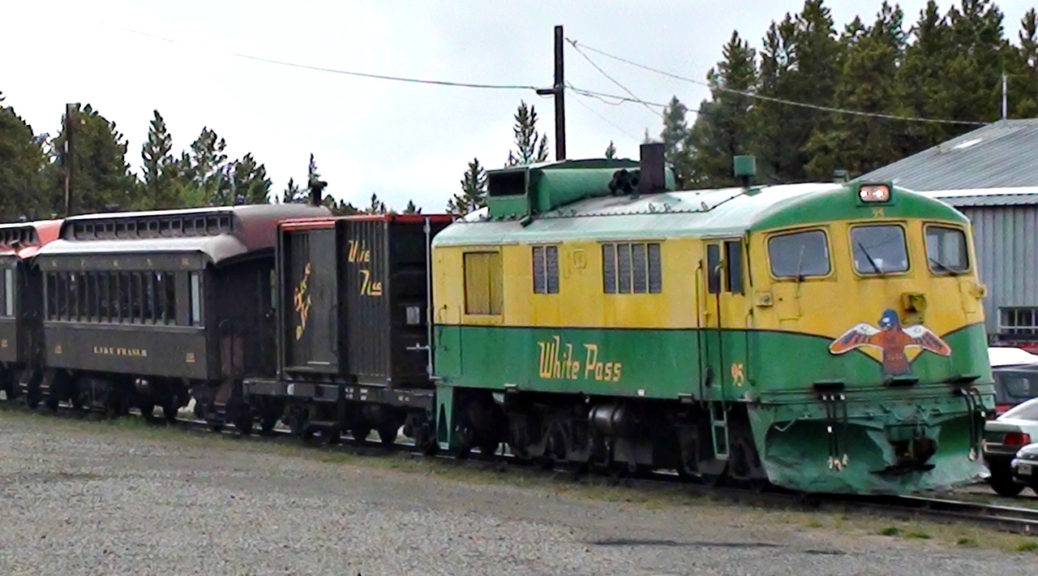
White Pass Railroad to the Yukon Territory
Our next port of call was Skagwag, Alaska. Skagwag is an old mining town. Reports of gold in the Yukon Territory first spread in 1896. Gold seekers came to Skagway around 1897 – Skagway served as the starting point for their search. The existing routes – Chilkoot Pass and later the White Pass – were very rugged.
We took a journey along the White Pass and Yukon Route Railway. The route was carved out in 1898. It is an international Historic Civil Engineering Landmark, a designation shared with the Panama Canal, the Eiffel Tower and the Statue of Liberty. The project was completed in 26 months and required 450 tons of explosives to blast out rock from the sides of mountains and to go through mountains with tunnels.
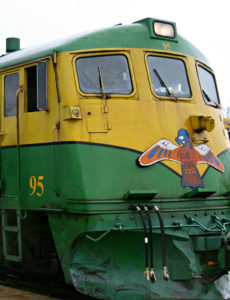

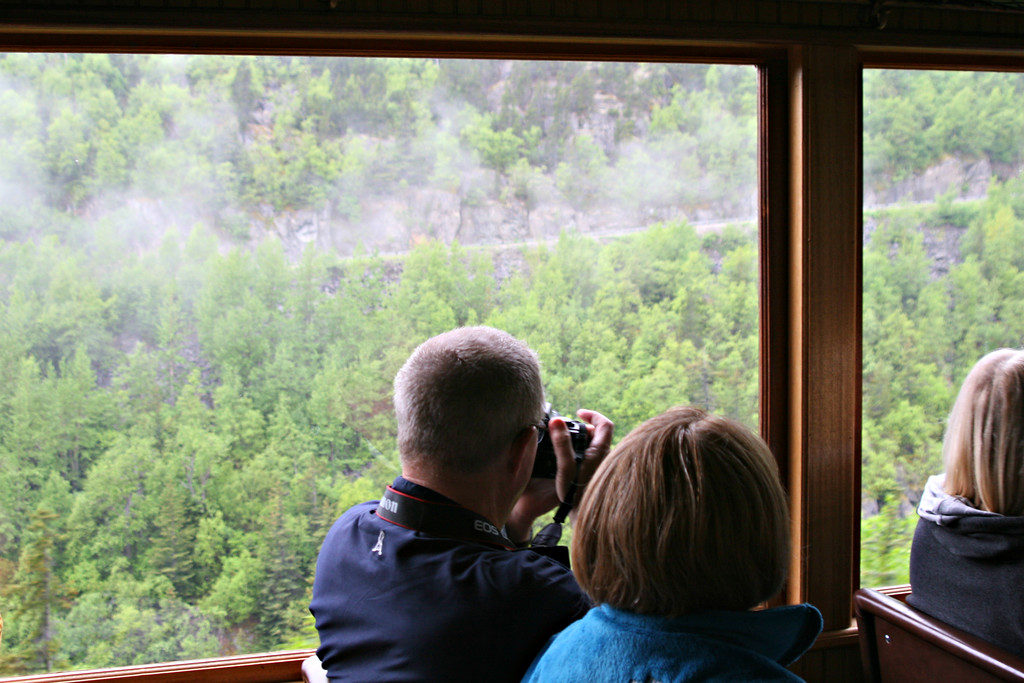
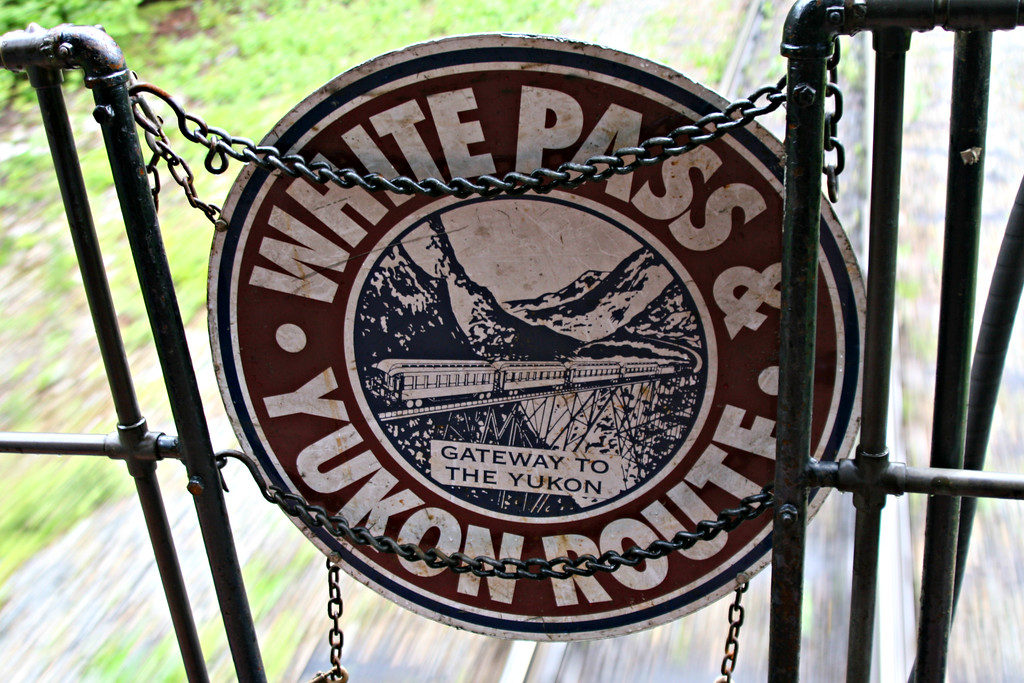
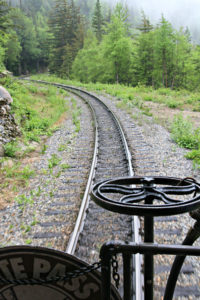
We had great views from our seats, but could also step out to a small platform on the back of our car. Our car was the last one on the train which gave us the opportunity to enjoy beautiful scenery and see some of the engineering marvels that resulted in this railway – like bridges and tunnels through mountains.


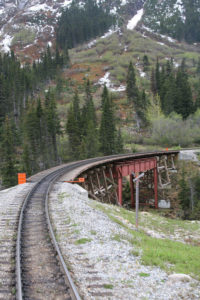
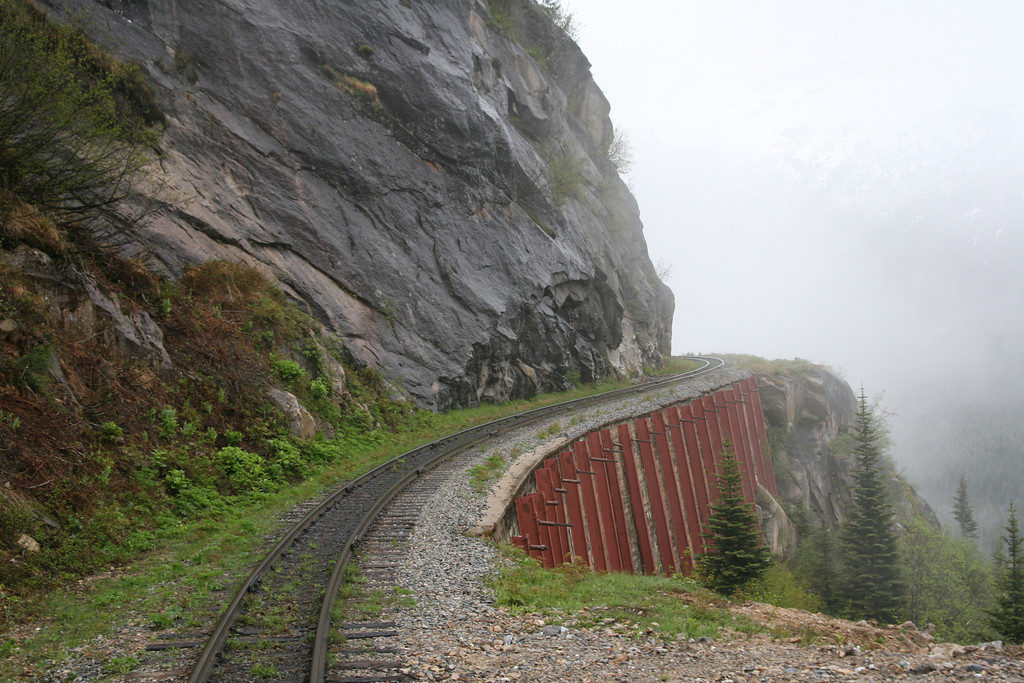
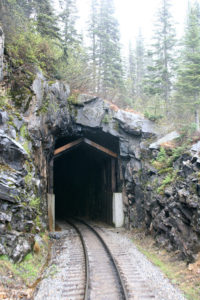
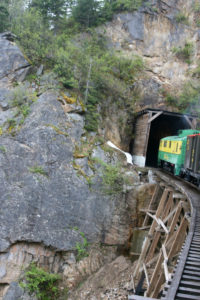
We climbed 3,000 feet over 20 miles making many sharp turns. As we climbed, we saw more snow, glacier lakes, and pink snow – the color caused by algae. We eventually arrived in British Columbia where border officers came aboard the train to check our passports.
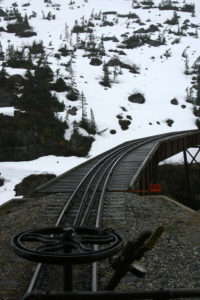
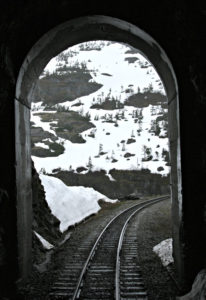

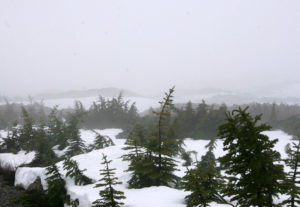

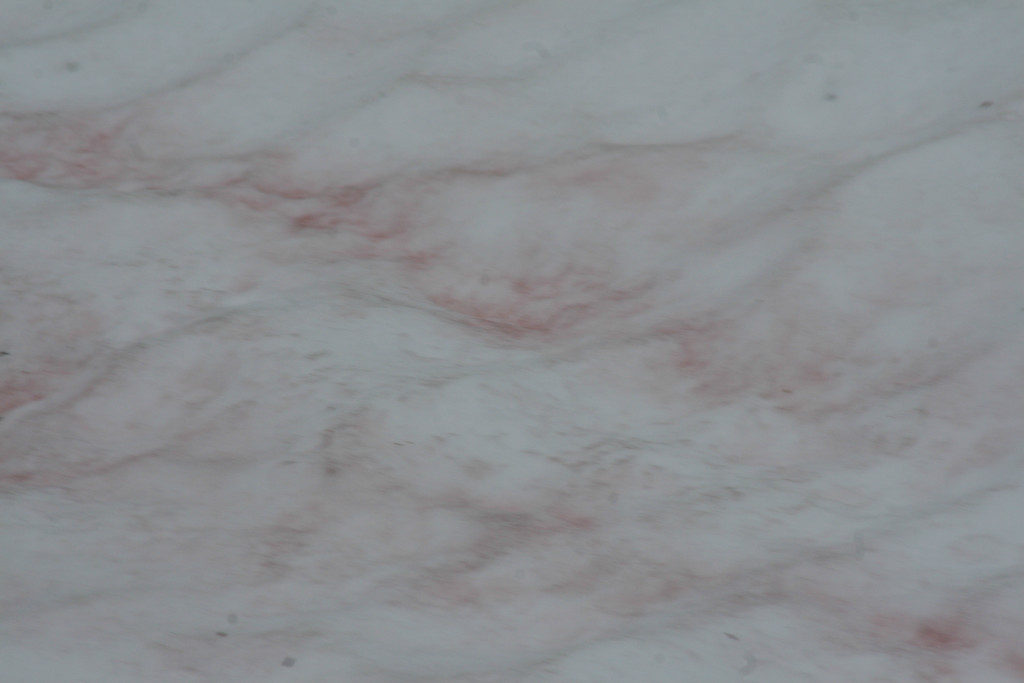
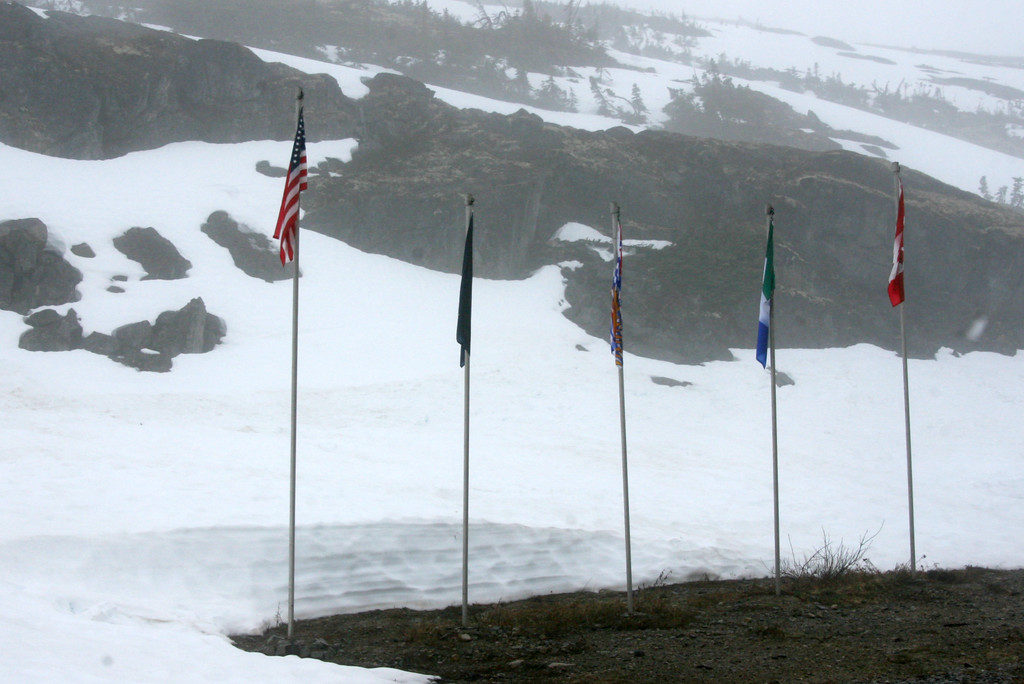
We stopped in Bennett Lake, British Columbia for lunch and had an opportunity to explore the area. Looking back in history, the first train arrived here in 1899. Prior to that, it took prospectors days to reach this point – with the railway, they could make the trip in three hours. Donald Trump’s grandfather, Frederick Christ Trump, began accumulating his fortune by running the Arctic Restaurant and Hotel in Bennett Lake during the Klondike Gold Rush.
After eating our lunch, we briefly hiked in the area. The first picture is of St. Andrews Presbyterian Church, built in 1899. It was both a religious and social center in the community. It is the only original building still remaining in the Bennett Lake area from the gold rush days. The second picture is part of the Chilkoot Trail. Many prospectors made their way on this trail in search of their fortune. After the building of the railroad, those in search of gold took the train rather than forging their way on the trail. Today it is a popular hiking trail. The third picture is where we enjoyed our lunch. Our train is parked outside the building.
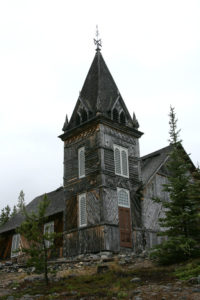


We finally made our way to Carcross in the Yukon Territory. Carcross was originally known as Caribou Crossing. It was here that the railroad’s golden spike was hammered into place marking the completion of the railroad in July of 1900. The first picture is the railroad station. The original one was destroyed by fire in the early 1900’s, but was rebuilt a year later. The second picture is of the general store and an ice cream shop. Finally there is a picture of the White Pass Train with the town of Carcross in the background.
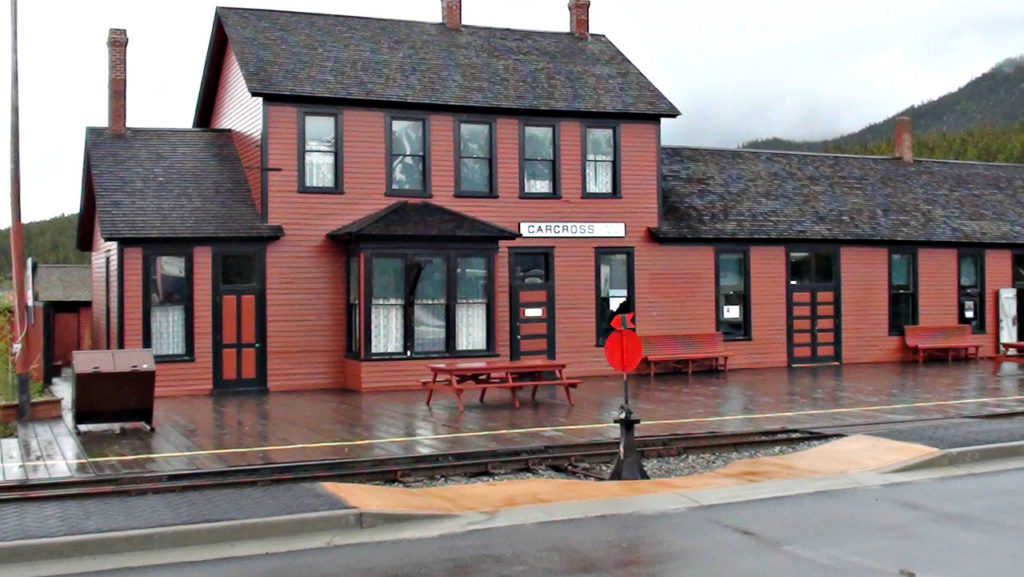
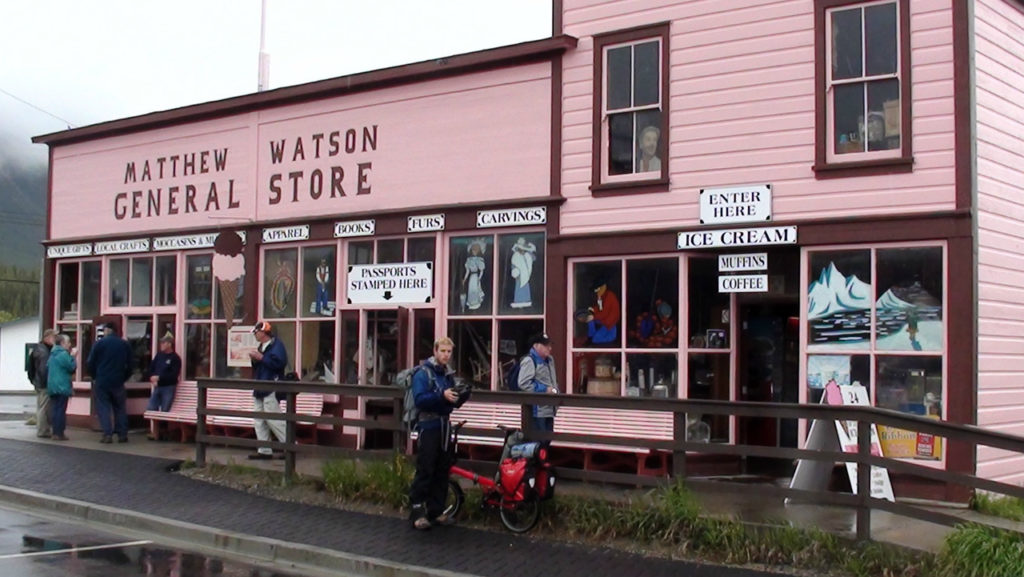
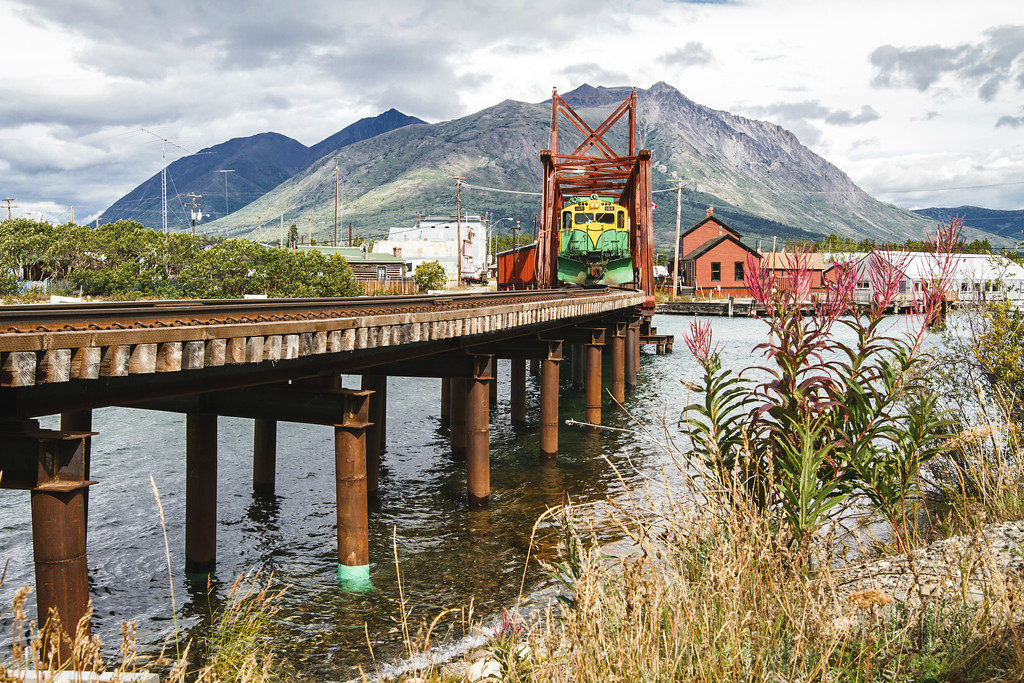
We would travel back to Skagway via bus along the Klondike Highway. But before leaving Carcross, we made a brief stop at the Carcross Desert. It is one square mile so is known as the world’s smallest desert. There was originally a glacier lake here. As the glaciers retreated, the water levels lowered and the sandy lake bottom was left. The Carcross Desert is technically several sand dunes.
There is also a picture commemorating the Klondike Highway. In the Yukon, it is known as Yukon Highway 2. In Alaska, it is known as Alaska Route 98, from “Route of 1898.” The road parallels the route taken by prospectors during the gold rush.
